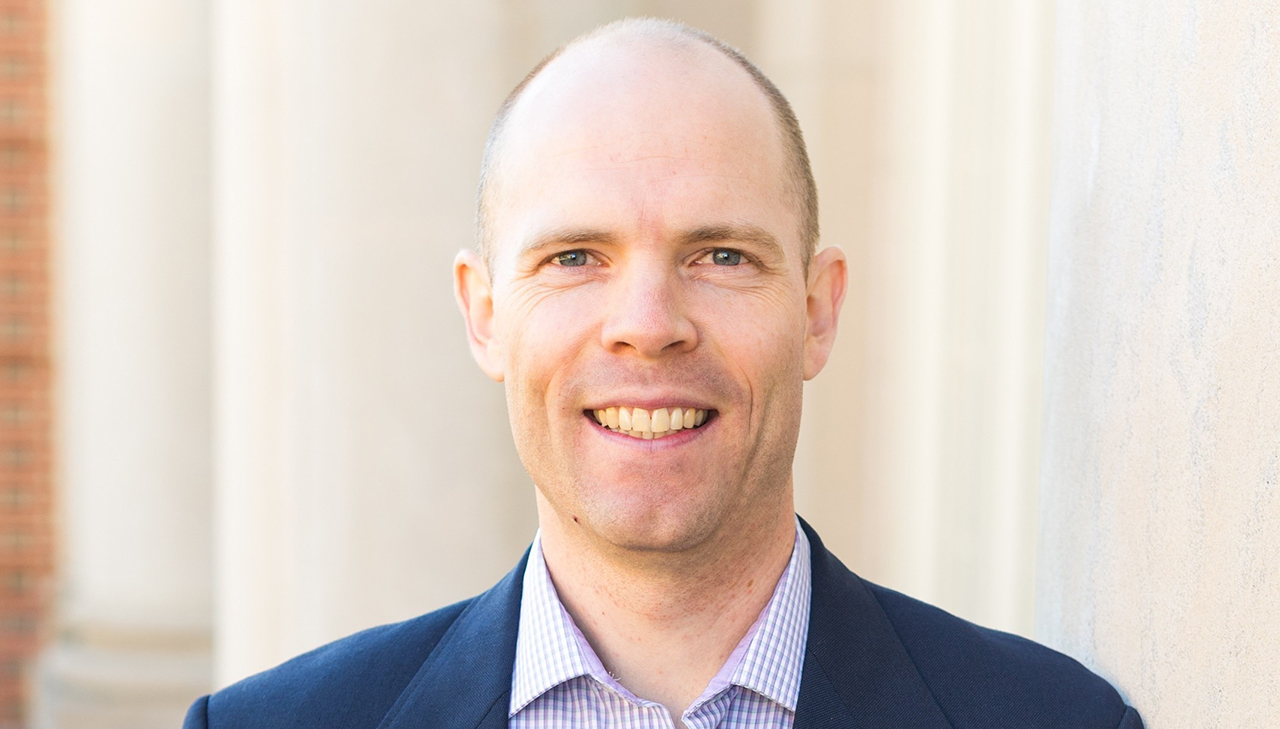
Devastating 2017 hurricane season reinforces need for agency, industry collaboration
in preparing for and responding to disasters.
As Florida braced for a potential hit by Hurricane Irma in 2017, local, state and
federal officials wrestled with the same questions and concerns as their counterparts
in Texas did before Hurricane Harvey. When should citizens be evacuated? How should
volunteers be utilized? Where should critical supplies be stored and who will distribute
them? How could businesses and government entities develop rescue and relief staging
areas after the storm, and for how long?
Harbert College of Business supply chain professor Glenn Richey saw firsthand the problems that can surface for governmental agencies and private
businesses while living in Tuscaloosa, Ala., in April 2011. An EF-4 tornado ripped
through the community, killing 64 and injuring 1,500. Trailers packed with supplies
for displaced residents filled shopping center parking lots which, in turn, created
challenges for retailers and transportation companies eager to résumé business.
“Local businesses said on Monday morning, `We want to go back to work,’” recalled
Richey, Harbert College’s Eminent Scholar in Supply Chain Management. “Response teams had taken command of their parking lots and some delivery equipment.
The supplies in those trailers were for people who had their homes destroyed—people
who had no water and only the clothes on their backs. What do you do? These people
also need to make a living. Do you go back to business as usual, or do you step up
and do what you can to help the community?”
Having weathered Hurricanes Elena and Frederic in Mobile, civil unrest in Europe,
as well as an EF-5 tornado and a terrorist event while living in Oklahoma City, Richey
has seen his share of disasters and, unfortunately, more than a few botched relief
efforts. Richey and co-authors Colin Gabler of Ohio University and Geoff Stewart of
the University of Louisiana published an article in the Journal of Business Logistics that offers a potential solution.
Their 2017 article, “Disaster Resilience Through Short-Term Collaboration,” suggests the development of a governing framework and knowledge management system
that bridges logistics and communications gaps between public and private entities
in the wake of natural and manmade disasters. Richey suggests the development of formal
partnerships that would connect private businesses with officials from FEMA, Homeland
Security, and state and local agencies charged with responding to hurricanes and other
threats. Such short-term, public-private partnerships would work collaboratively to
share and manage resources and information, coordinate personnel engaged in rescue
and recovery efforts, and re-open supply chains to mitigate shortages of food, fuel,
water and critical services.
Richey notes, “The framework must be flexible and quickly developed to support both
the public and private sectors. It must be fair to businesses and fair to the community.
More than anything, we need to collect the knowledge related to every event so we
can improve our future planning and execution. And we just cannot ignore the power
and importance of private industry in impacted areas.”
In Texas, Hurricane Harvey dumped more than 50 inches of rain, killed more than 60,
displaced more than 1 million, damaged approximately 200,000 homes, interrupted power
to more than 300,000 homes and disrupted fuel refinement and distribution. The 2017
hurricane season was the most expensive in U.S. history, according to National Geographic, with 17 named storms – including Hurricane Maria, which rocked Puerto Rico – inflicting
more than $200 billion in damage.
The 2018 Atlantic hurricane season, which runs from June 1 to November 30 and covers
the Atlantic Ocean, Gulf of Mexico and Caribbean Sea, could be active – and expensive.
Colorado State University’s Tropical Meteorology Project team recently forecasted
a “slightly above average” hurricane season, predicting 14 named storms, seven hurricanes
and three major hurricanes.
“We need to ensure that everyone is focused on one outcome, understand the roles of
each group, and build their goals together so they can save lives,” Richey said. “If
a hurricane hits, you’ve got to have the businesses in that community willing to cooperate
with the government and share the information that they have, and have the government
share important information as well.”
Management of volunteers and donated supplies represents one of the most challenging
aspects of post-disaster recovery. A CBS News story highlighted logistical problems
that undermined relief efforts for Hurricane Mitch in 1998 and the Indian Ocean tsunami
of 2004, among others. Closed ports or airfields make it unlikely that supplies will
reach those who need them the most in a timely manner. The CBS report described how
donated clothing in the wake of the Indian Ocean tsunami sat and eventually rotted
because relief workers didn’t have enough time to sort and clean items.
“The thinking is that these people have lost everything, so they must need everything,”
former Center for the International Disaster Information Director Juanita Rilling
told CBS.
What they may need the most, Richey suggested, is close coordination between governmental
agencies with the resources to help and businesses with local knowledge and specific
expertise.
“My research has pushed me to question why our governments spend so much time trying
to protect us against businesses. Both are simply institutions and should be collaborators,
not competitors. We seem to have very detailed coordination when it comes to policy
like protecting us from sugary sodas. It would be nice to see a call to arms where
businesses and governments work together to protect us from the things we citizens
can’t control rather than fighting over the things we can,” he said.

 Degrees & Programs
Degrees & Programs
 Faculty & Staff
Faculty & Staff
 Career Development
Career Development
 Recruiters & Industry
Recruiters & Industry



